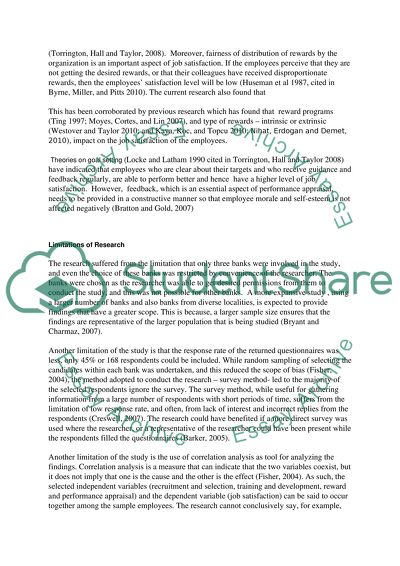Cite this document
(Impact of Human Resource Practices on Job Satisfaction at Banking Sect Coursework, n.d.)
Impact of Human Resource Practices on Job Satisfaction at Banking Sect Coursework. Retrieved from https://studentshare.org/human-resources/1432159-chpter
Impact of Human Resource Practices on Job Satisfaction at Banking Sect Coursework. Retrieved from https://studentshare.org/human-resources/1432159-chpter
(Impact of Human Resource Practices on Job Satisfaction at Banking Sect Coursework)
Impact of Human Resource Practices on Job Satisfaction at Banking Sect Coursework. https://studentshare.org/human-resources/1432159-chpter.
Impact of Human Resource Practices on Job Satisfaction at Banking Sect Coursework. https://studentshare.org/human-resources/1432159-chpter.
“Impact of Human Resource Practices on Job Satisfaction at Banking Sect Coursework”, n.d. https://studentshare.org/human-resources/1432159-chpter.


